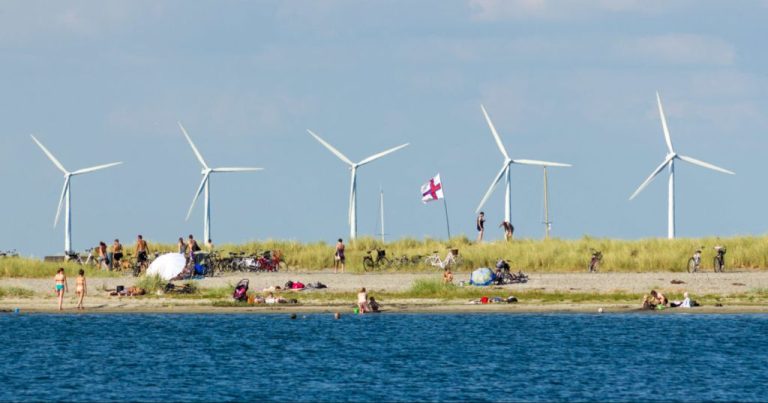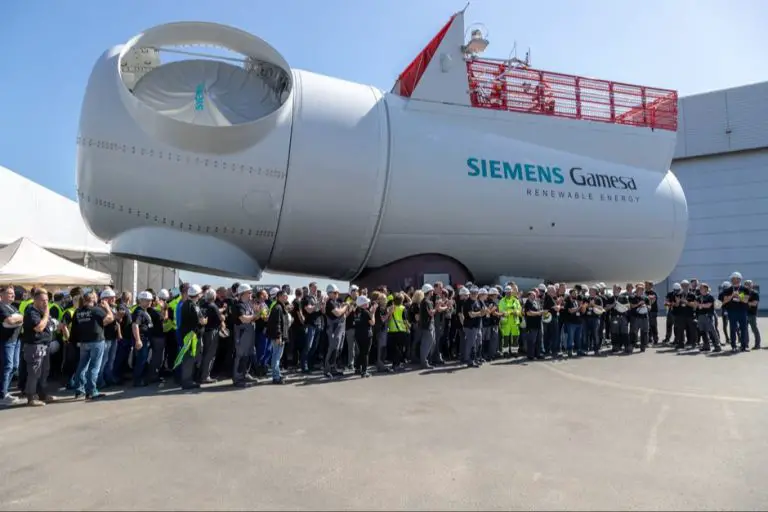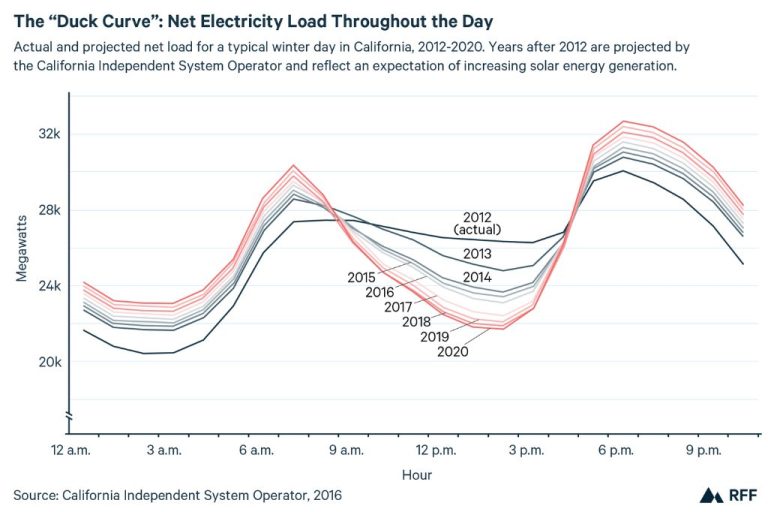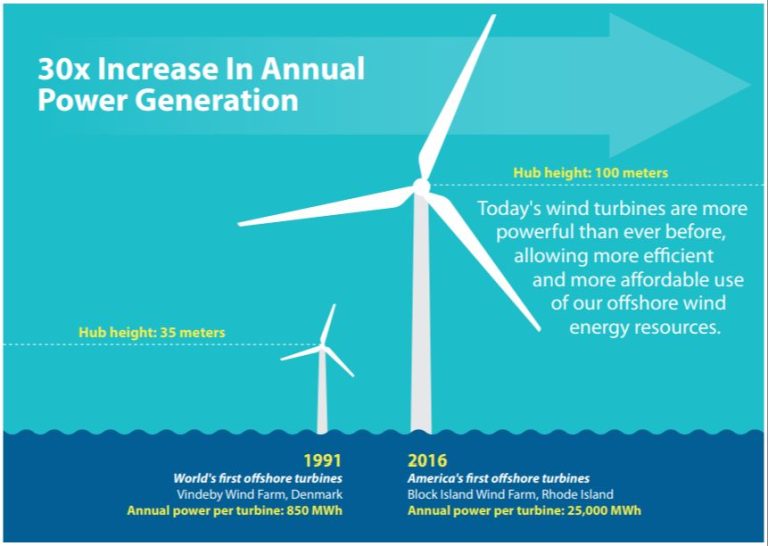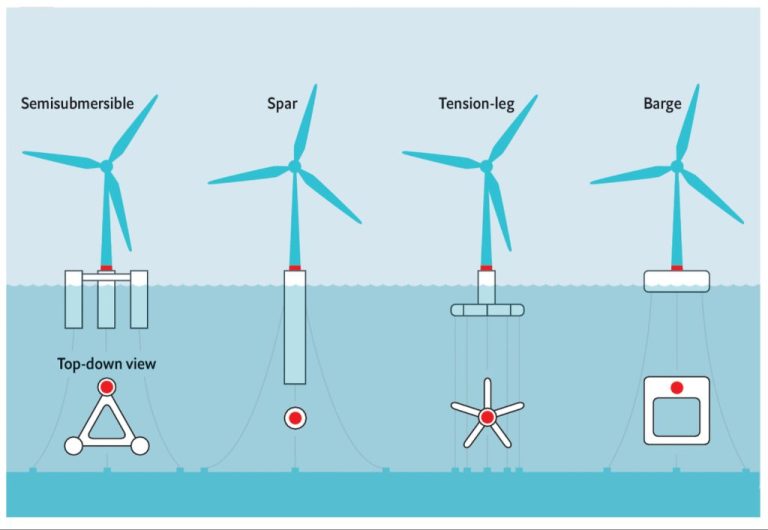Is Diy Wind Turbine Worth It?
With electricity prices continuing to rise, many homeowners are looking for ways to harness renewable energy and reduce their dependence on the grid. One option gaining popularity is installing do-it-yourself (DIY) wind turbines. But is taking on a DIY wind turbine project really worth the investment? This article examines the costs, energy production, and other considerations to help you decide if DIY wind power is right for your home.
DIY Wind Turbine Overview
A DIY (do-it-yourself) wind turbine is a small-scale wind turbine that is designed and built by individuals rather than purchased commercially. DIY wind turbines are usually built using common materials and basic tools to generate electricity on a small scale, such as for a single home or small business.
DIY wind turbines work on the same principle as large-scale commercial wind turbines. When the wind blows and spins the turbine blades, a generator converts the rotational kinetic energy into electrical energy. The key components are the rotor blades, generator, tower/pole, and inverter. DIY wind turbines are smaller in size and have lower energy output compared to utility-scale turbines.
According to Wikipedia, “These small wind turbines are usually tilt-up or fixed / guyed towers. Do it yourself or DIY-wind turbine construction has been made popular by magazines such as Home Power.” (https://en.wikipedia.org/wiki/Small_wind_turbine) DIY wind turbines allow homeowners and small businesses to offset their electricity use with clean, renewable wind energy.
Cost of Materials
The cost of materials for a DIY wind turbine can vary greatly depending on the size and design. According to Today’s Homeowner, the average cost per MW for commercial utility-scale wind turbines ranges from $1.3 million to $2.2 million [1]. For a home DIY project, the costs will be much lower, but can still be substantial.
For a small 1 kW turbine, the materials may cost $3,000 to $6,000. This includes the tower, turbine blades, mechanical and electrical parts like the generator, inverter, batteries, and wiring [2]. The specific design and size of the blades, height of the tower, and generator capacity will impact the costs.
Larger DIY wind turbines in the 3-10 kW range may have material costs from $10,000 up to $50,000. The turbine blades become a significant cost at this size. Towers, wiring, concrete foundations, and installation tools/equipment also add to the overall expense.
Careful planning and sourcing of components is important to keep material costs as low as possible for a DIY wind turbine project. But the total outlay can still be substantial, especially at the sizes required to generate meaningful amounts of electricity.
Assembly Time Required
Building a DIY wind turbine from scratch requires a significant investment in time. According to this tutorial, assembling a homemade wind turbine with wooden blades, a PVC hub, steel tower, and scrap metal generator took around 50 hours total.
The most time-consuming parts are constructing the blades and tower. The blades need precisely cut wood pieces glued together with a curved shape. Building a tower from steel requires welding or bolting piping together.
Other steps like assembling the turbine mounting, wiring the generator, and attaching the blades add several more hours. Realistically, a DIY wind turbine could take an inexperienced builder 60-100 hours to fully assemble from raw materials.
Purchasing a wind turbine kit saves significant time by providing pre-fabricated blades, hub, generator, and tower. But skilled assembly is still required, easily taking 20-40 hours for a small turbine kit. Proper installation also requires pouring a concrete base and securing the tower, adding more hours.
Overall, building a homemade wind turbine is a major time commitment. The tower height, number of blades, and generator size all impact assembly time. Those pursuing DIY wind should be prepared to invest weeks of full-time work for construction and installation.
Energy Generated
The amount of energy a DIY wind turbine can generate depends on several factors, including the size of the turbine and the wind speeds in the area. According to one analysis, a turbine with 3-foot blades (6 foot diameter) could theoretically generate around 125 watts in a 15 MPH wind.1 The power generated is proportional to the swept area of the blades, so larger DIY turbines can produce significantly more energy. However, most residential DIY turbines are relatively small, in the 1-5 kW range.2
The wind speed is also a major factor, as power increases exponentially with wind velocity. Most small DIY turbines require at least 10 MPH winds to start generating usable energy. At the same size, a turbine in a windy area could potentially generate 5-10 times more energy than one in a less windy spot.
Overall, it’s important to calculate the specific energy production based on the particular DIY turbine design and localized wind data. With the right conditions, a small DIY wind turbine can feasibly power various home appliances and lighting, but results will vary.
Payback Period
The payback period of a DIY wind turbine refers to how long it takes for the turbine to generate enough energy savings to recoup the costs of materials, installation, and maintenance. According to most analyses, the average payback period for a small wind turbine is around 10-20 years. However, the payback period can vary substantially depending on the size of the turbine, cost of materials, installation complexity, energy costs in your area, and other factors.
One analysis by the U.S. Department of Energy looked at a specific 2.6 MW turbine and calculated a payback period of around 6 years and 7 months [1]. However, for a DIY home turbine the payback period would likely be longer given the smaller size and higher relative costs.
To estimate the payback period, you need to know the total upfront investment for materials and installation, the annual energy savings from displacing grid electricity, and the O&M costs. Take the total upfront costs and divide them by the annual savings minus O&M costs. While attractive in theory, the long payback period means DIY wind turbines may not actually save most homeowners money in the long run.
Maintenance Requirements
Wind turbines require routine maintenance over their lifespan to keep them operating efficiently and safely. Typical maintenance tasks include inspecting components for wear or damage, lubricating parts, changing filters, recalibrating sensors, and testing safety systems.
The most common repairs involve the gearbox, generator, blades, and bolts. The gearbox and generator contain many moving parts that can wear down from friction and need oil changes. The blades can erode over time and need to be refurbished or replaced. It’s critical to routinely check that bolts are tightened to specification to avoid catastrophic failure.
DIY wind turbines may need more frequent maintenance than commercial models. Those building their own system should plan to inspect it at least every 6 months. It’s also wise to create a maintenance log to track issues and repairs. Owners will likely need to purchase spare parts for items that commonly wear out.
One source suggests DIY wind turbine owners budget $150-$300 per year for maintenance costs after installation based on a 1-3 kW system. Larger repairs like replacing a gearbox or generator can cost thousands. Proper upkeep is essential to maximize energy production and ROI.
Source: https://safetyculture.com/topics/wind-turbine-maintenance/
Permitting Requirements
Installing a DIY wind turbine on your property will likely require obtaining permits from your local zoning or planning department. The specific permits needed vary by location, but often include a building permit, electrical permit, and zoning variance or conditional use permit (Windexchange.energy.gov, 2022).
At minimum, you’ll generally need approval for the turbine height, setbacks from property lines, and electrical connections. Many residential areas have height restrictions that would prohibit tall wind turbines, so a zoning variance may be required. The permit application will need to demonstrate the turbine model, location, height, and other details (Windustry.org, 2022).
In some areas, small wind turbines are exempt from permitting if they are under a certain height. But it’s always best to check local zoning laws first before proceeding with installation. Some municipalities may require an inspection after the turbine is erected to verify proper setbacks and electrical connections (Umass.edu, 2022).
Allowing sufficient lead time for the permitting and approval process is recommended before purchasing materials or starting construction. Understanding the applicable permitting requirements in your area is an important first step for any DIY wind turbine project.
Aesthetic Considerations
One important factor to consider with DIY wind turbines is aesthetics and visual impact. Wind turbines can be large structures that stand out in the landscape. While some find the look of wind turbines elegant, others consider them an eyesore.
With a DIY turbine, you have more control over the size and design. Smaller turbines are generally less intrusive visually. Turbine height is one of the most important factors for aesthetic impact. Shorter turbines blend into the surroundings better. The number of blades is also a consideration, as fewer blades look more streamlined.
Color can also affect how a wind turbine appears. Painting the blades a neutral color like white or gray makes them less noticeable. Reflective turbine materials should be avoided as they can create glint and glare issues. Carefully considering placement is important too – locating the turbine far from roads or neighboring homes reduces visual effects. Overall, balancing aesthetics and efficiency is key for DIY wind projects.
Sources:
https://www.instructables.com/DIY-Wind-Generator/
Conclusion
In conclusion, for most homeowners, a DIY wind turbine installation is probably not worth the cost and effort. While wind turbines can generate supplemental electricity, the upfront materials, installation time, ongoing maintenance, permitting requirements, and aesthetic impact make them impractical for the average homeowner. The energy generated is usually not enough to justify the investment. Homeowners interested in wind power would be better served by lobbying their utility provider to invest in commercial-scale wind farms and purchasing green power credits. However, for the renewable energy hobbyist who enjoys hands-on home projects and has sufficient time and money, a small DIY wind turbine can be a fun experiment in sustainability.

